A Steeping Tradition: British Tea Culture – Exploring Traditions, Etiquette, and Delights
While tea wasn’t entirely unknown in England before her arrival, Catherine of Braganza, the Portuguese bride of King Charles II in the 1660s, is credited with popularizing tea among the elite.
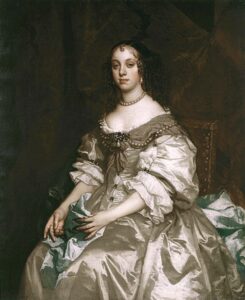 Accustomed to tea as a daily beverage in Portugal, Catherine’s fondness for it, along with the exotic nature of the drink at the time, made it a fashionable choice at court. Catherine likely introduced the Portuguese method of preparing tea, a method that differed significantly from the initial European methods (often involving boiling the leaves for a long time, resulting in a bitter drink). Her influence might have helped shape the development of the very British tea-drinking rituals we know today.
Accustomed to tea as a daily beverage in Portugal, Catherine’s fondness for it, along with the exotic nature of the drink at the time, made it a fashionable choice at court. Catherine likely introduced the Portuguese method of preparing tea, a method that differed significantly from the initial European methods (often involving boiling the leaves for a long time, resulting in a bitter drink). Her influence might have helped shape the development of the very British tea-drinking rituals we know today.
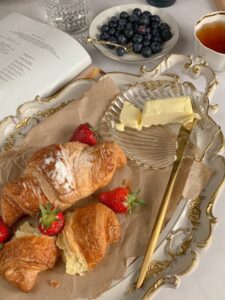 High tea featured heartier fare like mini quiches, sausage rolls, scotch eggs, mini meat pies (steak and ale, chicken pot pie), savory pasties, alongside slices of cold cuts (ham, roast beef), a cheese platter with grapes and crackers, and small bowls of soup. While not always included, scones with jam and cream and small slices of cake (chocolate, fruit cake) or individual fruit crumbles can round off a delightful high tea experience.
High tea featured heartier fare like mini quiches, sausage rolls, scotch eggs, mini meat pies (steak and ale, chicken pot pie), savory pasties, alongside slices of cold cuts (ham, roast beef), a cheese platter with grapes and crackers, and small bowls of soup. While not always included, scones with jam and cream and small slices of cake (chocolate, fruit cake) or individual fruit crumbles can round off a delightful high tea experience.The Teas of Britain
Britain boasts a rich tea culture with a variety of popular choices. Here are some of the most famous:
Earl Grey: A quintessential English tea, Earl Grey is a black tea flavored with bergamot essential oil, giving it a distinctive citrusy aroma and taste. Believe it or not, Earl Grey wasn’t even invented in England! The story goes that a British diplomat received a special tea blend flavored with bergamot as a gift from a Chinese mandarin while stationed in China. He loved it and brought it back to England, where it became wildly popular.
English Breakfast Tea: This is a strong black tea blend known for its full-bodied malty flavor. Perfect for a morning cup, English Breakfast tea is traditionally enjoyed with milk and sugar. Its strong character helps to wake you up and pairs well with breakfast foods.
Irish Breakfast Tea: Similar to English Breakfast tea, Irish Breakfast is often a touch stronger and may sometimes contain Assam black tea for an even richer flavor. Irish Breakfast tea is another perfect choice for a robust morning cup.
Prince of Wales tea blend: Named after the Prince of Wales, the specific ingredients of this black tea blend can vary depending on the brand. However, it’s generally known for being strong and robust, another great option for a morning brew.
Other:
Gunfire: While not technically a tea, Gunfire is a rum and tea cocktail traditionally served in the British Army. The name is said to be derived from the fiery sensation it creates!
Beyond these classics, Britain also offers a wider variety of teas to explore:
Afternoon Tea Blends:
These are often lighter black tea blends, sometimes containing flower petals or fruit pieces. These lighter blends are perfect for afternoon tea with scones, finger sandwiches, and pastries.
Darjeeling: Originating from India, Darjeeling is a black tea known for its delicate muscatel flavor. Considered the “Champagne” of teas, Darjeeling is often enjoyed black, without milk or sugar, to fully appreciate its subtleties.
Yorkshire Tea: A strong black tea blend particularly popular in the north of England, Yorkshire Tea is known for its bold flavor and rich color.
Rooibos (South African): While technically not a “tea” (it comes from a different plant), rooibos is often included in herbal tea discussions and has become quite popular in Britain. It’s naturally caffeine-free and has a slightly sweet, nutty flavor, making it a great choice for any time of day.
Tea and Wellness
Beyond its delightful taste and social significance, tea has long been associated with a sense of well-being and potential health benefits.
The Rise of Tea as a Medicinal Beverage:
The first factor that significantly boosted tea’s popularity was its reputation for having medicinal properties. This association emerged in 1641 thanks to Nikolas Dirx, a Dutch physician and director of the Dutch East India Company. Writing under the pseudonym Nicolaes Tulp, Dirx published his book “Observationes Medicae,” where he declared tea to be “nothing comparable to this plant” and claimed its consumers were “exempt from all maladies and reach an extreme old age.” Dirx didn’t stop there; he went into extensive detail about tea’s specific merits, crediting it with curing a wide range of ailments including headaches, colds, eye problems, respiratory issues, sluggish digestion, and intestinal troubles. These claims were echoed by Thomas Garway, the first English shopkeeper to truly champion tea. In a 1660 broadsheet titled “An Exact Description of the Growth, Quality, and Vertues of the Leaf TEA,” Garway enthusiastically touted tea’s health benefits, proclaiming it to be a beverage that promotes overall health and longevity, invigorates the body, eases headaches, aids breathing, strengthens memory, and even expels infections.
While modern science may not fully support all the historical claims about tea’s medicinal properties, many people still find it to be a soothing and invigorating beverage that can contribute to a sense of overall well-being.
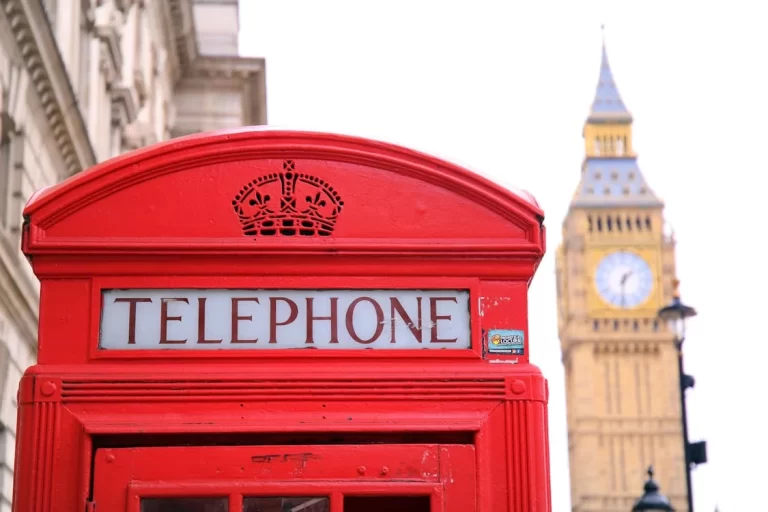

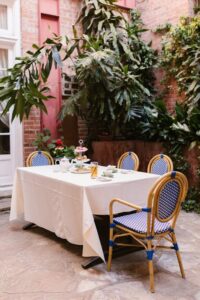


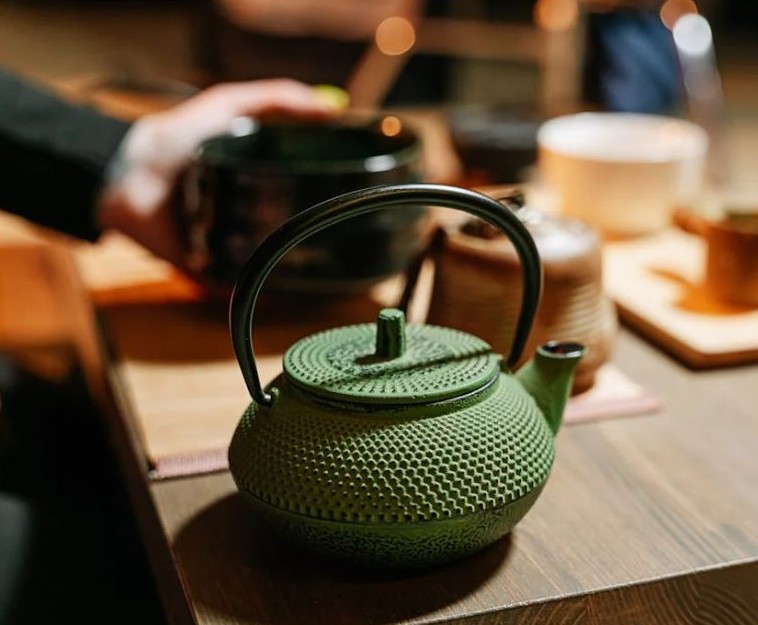
2 Responses